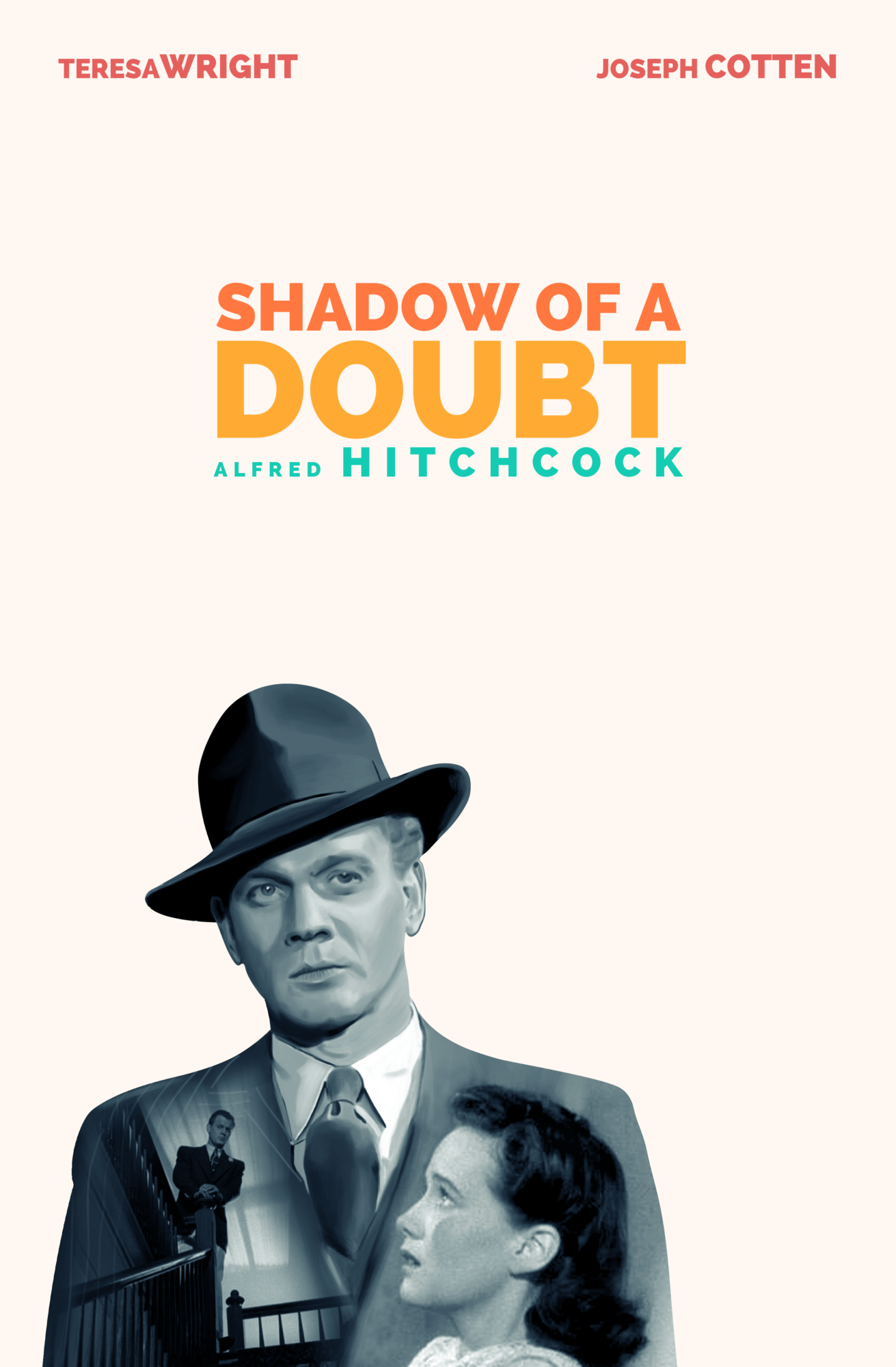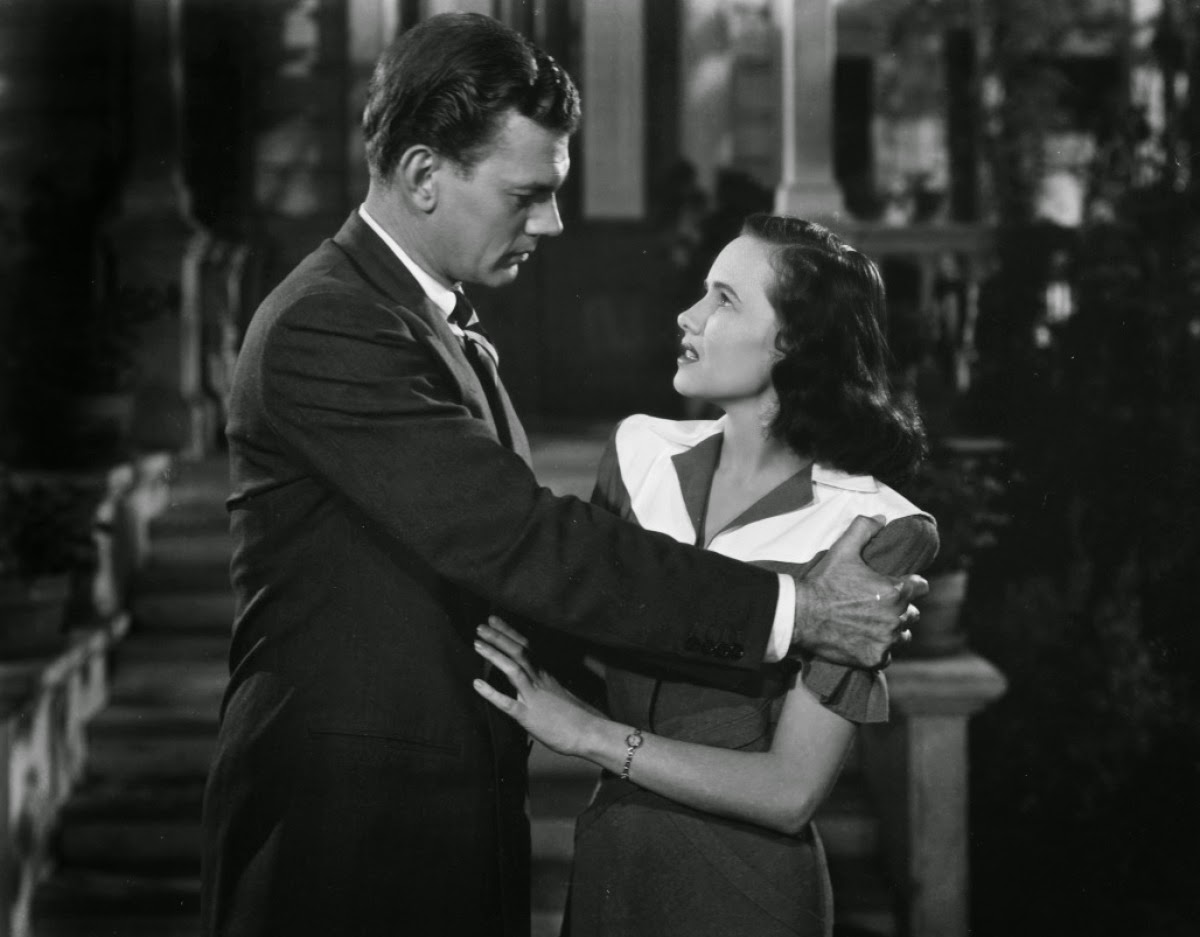

He chooses his home town of Santa Rosa, a place that he idealises as representing his own lost innocence. This is a man with something to hide and now he needs somewhere to hide. He leaves his apartment quickly and manages to give the two detectives the slip. He is outwardly calm, but after she leaves he hurls a glass to the floor smashing it. His landlady is clearly taken with him, and warns him about two men looking for him. He is lying bored on his bed, and there is money scattered on the floor. He only despises their wealth and their freedom without their husbands.įrom the very first scene we sense that there is something wrong with Oakley, though we have to wait until late in the movie to find out what it is. Oakley is a serial killer who targets wealthy widows. This danger comes from a former resident, Charles Oakley (Joseph Cotton). Maybe this gave Hitchcock an added sense of pleasure in portraying the world of his own childhood being endangered.

(Curiously the movie was a box office failure, but it has become a popular Hitchcock movie since.) Like Ann Newton, he read Ivanhoe, and like Uncle Charlie he had a bicycle accident when he was young. Some of the characters are named after his own family members. Indeed there are autobiographical hints here. In the town of Santa Rosa, innocence is threatened by evil, and the values of an idealised but insular town are confronted by the darker nihilistic values of a corrupt outer world.Īlfred Hitchcock is on record as saying that Shadow of a Doubt was his favourite of the movies that he made. In the case of Shadow of a Doubt it is the presence of a murderer. It might be from bodysnatchers or a giant blob, or it might be from human agents – from warped businessmen (It’s a Wonderful Life), or Nazi infiltration (The Stranger). Small town life is a frequent subject in old movies, often mocked, often idealised, and often under threat from a whole variety of sources.


 0 kommentar(er)
0 kommentar(er)
